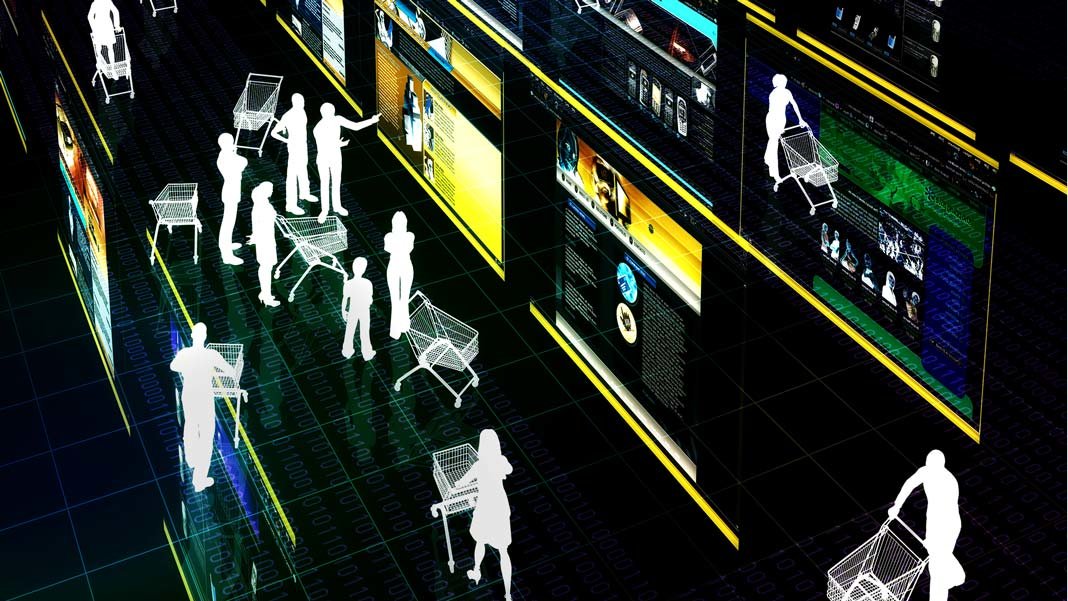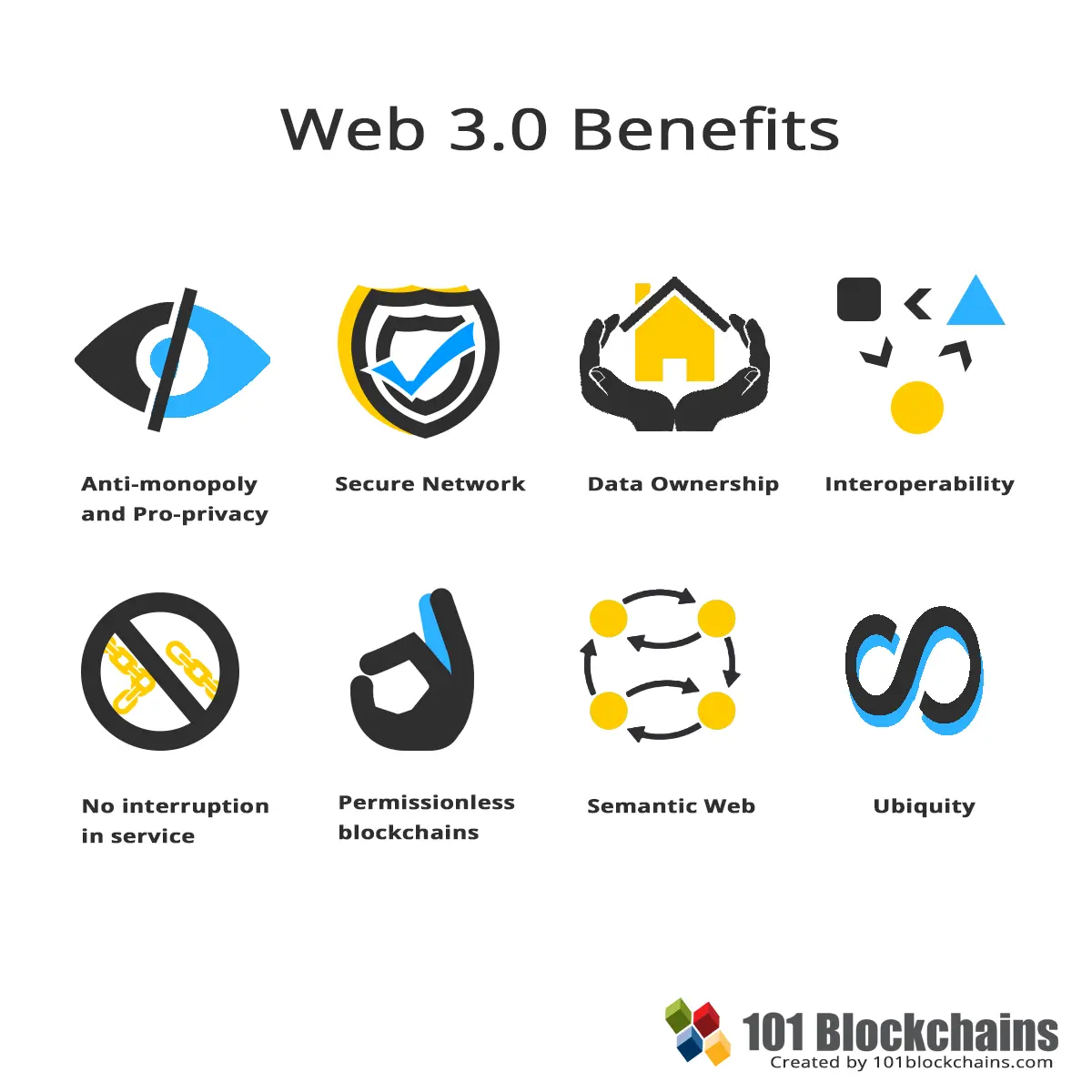
Before we get into the ramifications of Web 3.0, often referred to as the Spatial Web and the transformative effect it will have on human lives & careers, it is necessary to explain briefly some of the underlying technology that will power the Spatial Web.
Fifth-generation wireless (5G) is the latest iteration of cellular technology, targeted to greatly enhance the speed and responsiveness of wireless networks. With 5G, data sent over wireless broadband connections could travel at rates as high as 20 Gbps and also offer latency of 1 ms or lower for uses that require real-time feedback. 5G will also enable a sharp increase in the amount of data transmitted over wireless systems due to more available bandwidth and newer antenna technology.
5G networks will also offer network management features, among them network slicing, which will allow mobile operators to create multiple virtual networks within a single physical 5G network. This capability will enable wireless network connections to support specific uses and could be sold on an as-a-service basis. A self-driving car, for example, would require a network slice that offers extremely fast, low-latency connections so a vehicle could navigate in real time. A home appliance, however, could be connected via a lower-power, slower connection because high performance isn't crucial. The internet of things (IoT) could use secure, data-only connections.
The other elements of the spatial web would be AI, Virtual & Augmented Reality ( VR/AR) and IoT. While a fairly general understanding of AI and IoT which would form the heart of a trillion-sensor economy in a few year's time can be assumed, virtual & augmented reality is once again defined below as a prelude to the discussion about the Spatial Web which follows.
 Augmented Reality may be defined as a live, direct or indirect view of a scenario, whose elements are augmented (supplemented ) by computer-generated sensory inputs like sound, graphics, video or GPS data. Technology thus functions as an enhancer of contemporary, live reality. Virtual reality, on the other hand, often referred to as 'Computer Simulation', is the creation of a scenario or a series of scenarios which are in no way linked to reality or superimposed on them but depicts a planned and fantasized scenario highly realistically, making the viewer suspend disbelief temporarily and accept it as the real environment at that point in time.
Augmented Reality may be defined as a live, direct or indirect view of a scenario, whose elements are augmented (supplemented ) by computer-generated sensory inputs like sound, graphics, video or GPS data. Technology thus functions as an enhancer of contemporary, live reality. Virtual reality, on the other hand, often referred to as 'Computer Simulation', is the creation of a scenario or a series of scenarios which are in no way linked to reality or superimposed on them but depicts a planned and fantasized scenario highly realistically, making the viewer suspend disbelief temporarily and accept it as the real environment at that point in time.To retrace the evolution of the Web over the years, it may be useful to recall Web 1.0, as experienced by some people in the early 1990s. The static web, as one may label Web 1.0, consisted of web pages and one-way information which users had to access through unstable dial-up modems and insufferably slow connections. Nevertheless, Web 1.0 became a monumental system of publishing and linking information unlike any other system which preceded this.
The infodump that was Web 1.0 eventually gave way to Web 2.0, which democratized participation through a plethora of interactive sites and applications and turbocharged information sharing. The explosion of social networking sites, wikis, and online collaboration platforms led to consumers becoming creators and producers, handed isolated users a global microphone and enabled entrepreneurs to relatively easily access billions of potential customers. Web 2.0 did more to connect the world in one decade than empires did in millennia.
As impressive as Web 2.0 may have been, the Spatial Web or Web 3.0 as it is shaping up will certainly be a quantum leap from Web 2.0. While a clear consensus about its definition is yet to take shape, the Spatial Web refers to a computing environment that exists in three-dimensional space - a blending of real and virtual realities - enabled via billions of connected devices and accessed through the interfaces of virtual and augmented reality.
The Spatial Web will enable users to build a exact copy of their physical reality in the virtual domain and will also enable them to bring the digital into their real environments.
The technologies powering the Web 3.0 will include:
A) Spatial computing technologies, like augmented and virtual reality.
B) Physical computing technologies, like IoT and robotic sensors;
C) Decentralized computing, including blockchain which enables greater security and data authentication and edge computing, which pushes computing power to where it’s most needed, speeding up critical and high-priority processes.
Together with semantic search, data mining, machine learning, and AI recommendation agents, Web 3.0 will be a growing portfolio of services and information, navigable with the use of increasingly sophisticated AI assistants and totally new interfaces.
Finally, let's briefly touch on scenarios which would unravel with the advent of the Spatial Web.
Visualize say a virtual replica or “digital reproduction” of your office, with each meeting room authenticated on the blockchain, requiring a cryptographic key for entry. In the not-too-distant future, every physical element of every building in a city or country is going to be fully digitized, existing as a virtual twin or even as X number of these. A digitized request for a meeting atop the world's tallest building, Burj Khalifa, could elicit a response like 'which one and at what time?'.
This digitization of life means that suddenly every piece of information can become spatial, every environment can be smarter by virtue of AI, and every data point about an individual and his or her assets, both of the physical and the virtual variety, can be reliably stored, secured, enhanced, and monetized even.
 The Web today relies on the Internet Protocol (TCP/IP) and other infrastructure by which the address of the computer is determined and data transfer is enabled. For the Spatial Web, some are proposing that text-based 2D models are used to evolve 3D AR and VR experiences, located in both digitally-mapped physical worlds as well as newly created virtual worlds. With a programming language for the Spatial Web generally similar to HTML functionally, one could go on to create a linkable address for any physical or virtual space, giving it a format and making it interchangeable with similar other spaces. After populating a virtual room with content, one would next need to encode who sees it, who can move it and who is eligible to buy it.
The Web today relies on the Internet Protocol (TCP/IP) and other infrastructure by which the address of the computer is determined and data transfer is enabled. For the Spatial Web, some are proposing that text-based 2D models are used to evolve 3D AR and VR experiences, located in both digitally-mapped physical worlds as well as newly created virtual worlds. With a programming language for the Spatial Web generally similar to HTML functionally, one could go on to create a linkable address for any physical or virtual space, giving it a format and making it interchangeable with similar other spaces. After populating a virtual room with content, one would next need to encode who sees it, who can move it and who is eligible to buy it. The Spatial Web’s governing system enabling administrators to post content on a centralized grid would allow enabled users to address everything in the room that they are currently seated in, including the shelf on the other side of the desk and also the building across the street. Like the DNS for the web which enables us to purchase domains currently, once we are able to allocate addresses to spaces, similar to creating URLs for pages, we would be able to identify and visit addressable locations, physical objects, individuals, or pieces of digital content available in cyberspace. This would enable a host of new and exciting possibilities and bring about disruptive changes in our worklife and our careers among other things.
Comments
Post a Comment